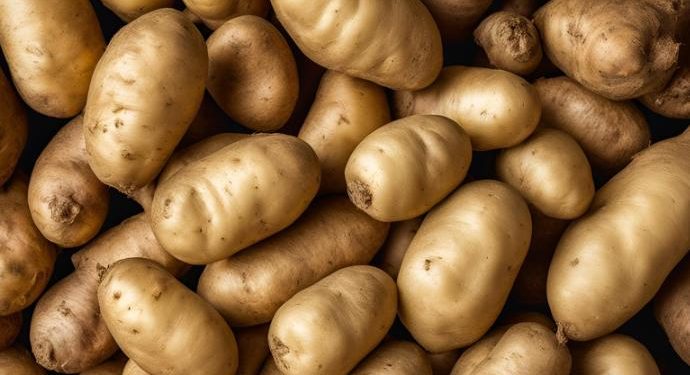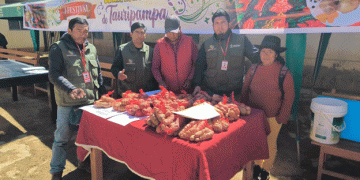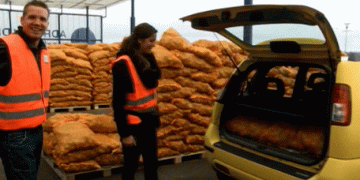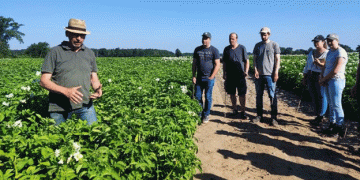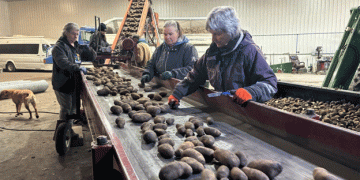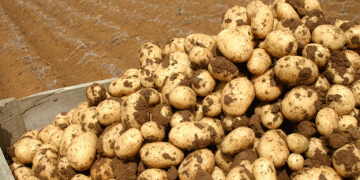Controlling disease is a fundamental component of storage management. Few diseases originate in store. They mostly come from two primary sources: the seed
or the soil. However, many of the disease problems affecting the premium markets can develop to some degree in store and, if not controlled, the consequences
can be catastrophic, either in terms of physical breakdown of the crop or in loss of market value.
Three key factors which all need to be present:
● The amount of disease inoculum, usually spores or bacteria, present on the tubers;
● Whether moisture, nutrients and temperature are suitable for the disease to develop (microclimate);
● The natural resistance of the tuber to the disease organism. This includes having a robust set skin, so effective defoliation is important for disease control.
There are seldom many storage scenarios where there aren’t potential disease hosts, even with the use of clean seed and resistant varieties. Good skin set is crucial, as disease inoculum is often present and control of the microclimate is essential for management of disease risk. Reducing the chances of disease development can be achieved through best practice measures, which include:
● Timely burn down to ensure robust set skins for storage
● Efficient harvest, allowing store to be closed quickly
● Optimised airflow for effective drying and cooling
● Avoidance of condensation
● Good store and grader hygiene
Reference: Potato store managers’ guide (https://horticulture.ahdb.org.uk/)
